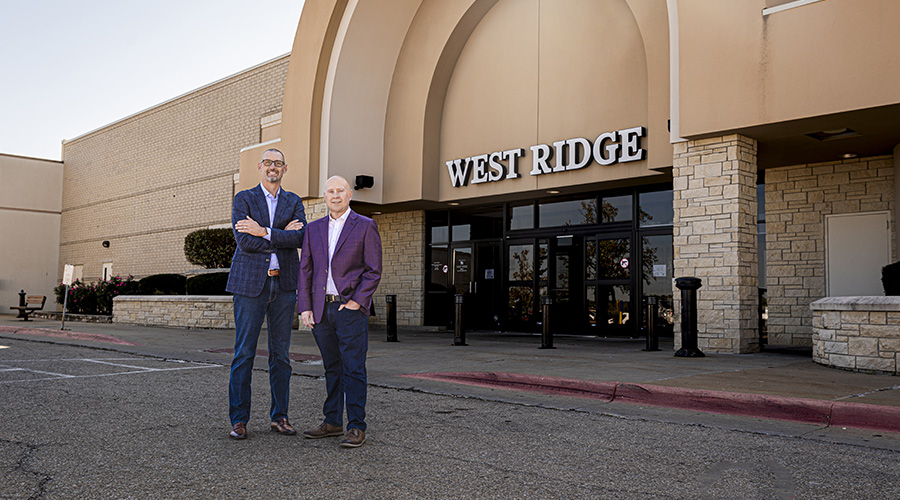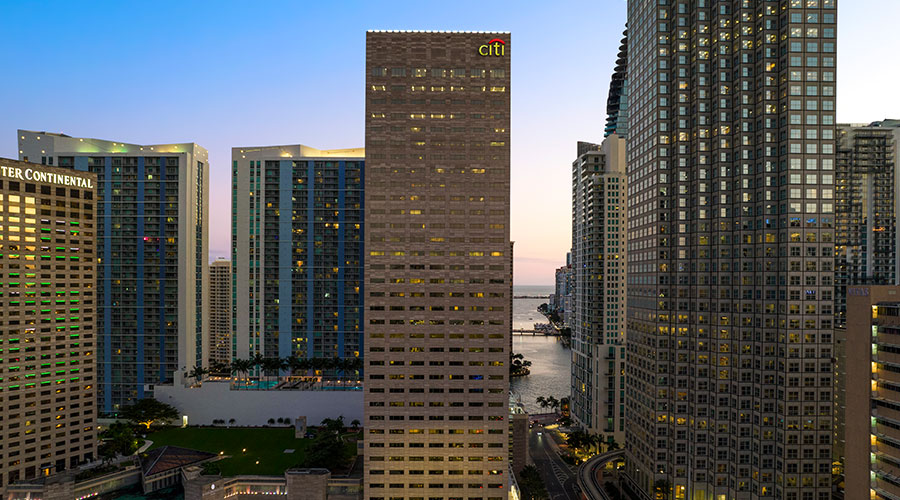U.S. Office Market Looking Better than Expected
Against the backdrop of the current debt and equity markets, the U.S. office leasing market is doing better than might be expected, according to analysis by Grubb & Ellis. Market conditions softened for a third consecutive quarter, but the pace of softening was moderate.
Against the backdrop of the current debt and equity markets, the U.S. office leasing market is doing better than might be expected, according to analysis by Grubb & Ellis. Market conditions softened for a third consecutive quarter, but the pace of softening was moderate.
The vacancy rate added 30 basis points (BP) to end the third quarter at 14.3 percent. This was less than the 50-bp increases registered in the first and second quarters.
Since bottoming at 13 percent in the fourth quarter of 2007, vacancy has increased 130 bps. By comparison, vacancy rose by 300 bps in the opening three quarters of the prior softening cycle in 2001 and 2002.
The central business district vacancy rate increased by 10 bps to end the third quarter at 11.3 percent, while the suburban vacancy rate of 15.8 percent was 40 bps above the prior quarter.
New York retains the lowest vacancy rate among major U.S. markets at 6.2 percent, up from a cyclical low of 4.5 percent in the fourth quarter of 2007. Vacancy is highest in Detroit at 23 percent, though Phoenix, with nearly 4 million square feet in the construction pipeline and absorption in the red, may soon overtake Detroit.
Of the 59 markets tracked in detail by Grubb & Ellis, third quarter vacancy increased in 47 markets and fell in 12. In the second quarter, by comparison, vacancy increased in 39 markets and fell in 20, suggesting that the breadth of the downturn is spreading, if not the depth.
Markets with year-over-year vacancy increases of 400 bps or more included Southern California's Inland Empire, Phoenix, Austin, Las Vegas, Palm Beach County, Orange County and San Diego.
Markets recording lower vacancy rates as compared with a year ago were led by Greenville, S.C.; Wichita, Kan.; Pittsburgh and San Francisco.
Net absorption fell into the red for a second consecutive quarter, at -2.1 million square feet. Absorption year-to-date totaled -1.9 million square feet. During the prior softening cycle in 2001 and 2002, the decline in occupied space (i.e. negative net absorption) totaled -111 million square feet. New space completions will push vacancy higher over the next few quarters.
The weighted average asking rental rate for Class A and B space ended the third quarter, respectively, at $36.30 and $26.96 per square foot per year gross. Asking rates dropped from the second quarter by 12 cents for Class A space and by 20 cents for Class B space.
Related Topics:











